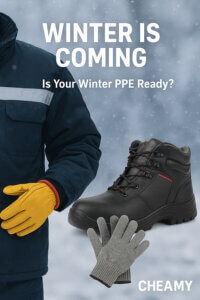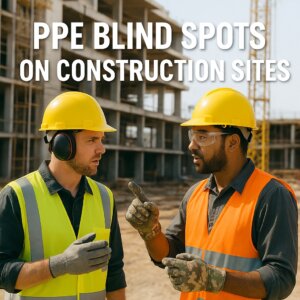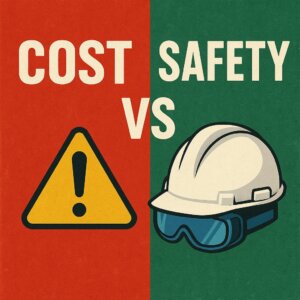Introduction: Invisible Threats, Visible Health Risks
From industrial workplaces and laboratories to daily life, harmful substances like dust, toxic gases, and microorganisms constantly threaten our respiratory systems. According to the World Health Organization (WHO), over 650,000 global deaths annually are linked to occupational respiratory diseases. Workers in industries such as welding, mining, and chemical manufacturing face heightened risks of irreversible conditions like silicosis, COPD, and cancer due to prolonged exposure. This blog explores the critical importance of respiratory protection and provides actionable guidance for selecting the right equipment, ensuring compliance and health safety.
1. Why Respiratory Protection Matters
-
Irreversible Health Damage The lungs are the only organs directly exchanging gases with the environment. Micron-sized particles (e.g., PM2.5, welding fumes) can penetrate alveoli, enter the bloodstream, and trigger inflammation or fibrosis. Studies show that 30% of workers exposed to silica dust develop silicosis.
-
Legal and Occupational Safety Obligations Regulations like OSHA’s Respiratory Protection Standard (29 CFR 1910.134) mandate employers to provide certified respiratory equipment and training. Non-compliance risks legal penalties and productivity loss from employee health issues.
2. Respiratory Hazards and Solutions Across Scenarios
1. Industrial Settings: Dust and Toxic Gases
- Welding Operations: Metal fumes (manganese, chromium) and ozone require N100/P3 respirators with 99.97% filtration efficiency. NIOSH-approved elastomeric respirators with P100 filters are recommended.
- Chemical Industry: Chlorine or ammonia gases demand full-face masks with gas-specific cartridges (e.g., acid gas cartridges replaced every 30 days).
2. Laboratories and Healthcare: Biohazards and Aerosols
- N95 respirators filter 95% of 0.3-micron particles, but proper fit reduces leakage to <10%. The CDC recommends fit testing for healthcare workers using OSHA’s protocol.
- High-risk scenarios (e.g., COVID-19 ICU) require PAPRs (Powered Air-Purifying Respirators) or NIOSH-approved surgical respirators (ASTM F3502-21).
3. Daily Life: Air Pollution and Public Health Emergencies
- Surgical masks (ASTM F2100) block droplets but lack aerosol protection. For PM2.5 or viruses, use NIOSH-approved respirators (e.g., N95, KN95) with a fit-check via the “positive pressure” method.
3. Four Principles for Choosing Respiratory Protection
-
Hazard-Specific Selection
- Air-Purifying Respirators (APRs): Use in oxygen-rich environments (>19.5%). Match filters to hazards: particulate (P100), gas (multi-gas cartridges).
- Supplied-Air Respirators (SARs): Essential for oxygen-deficient or highly toxic environments (e.g., confined spaces).
-
Compliance with Standards
- Prioritize NIOSH (US), EN (EU), or equivalent certifications. For example, N95 (US) ≈ FFP2 (EU) ≈ KN95 (China), filtering ≥94% of particles.
-
Fit Over Filtration
- A 10% reduction in leakage improves protection by 50%. Conduct quantitative fit testing (OSHA Protocol) or use qualitative methods (saccharin taste test).
-
Cost-Effectiveness and Sustainability
- Disposable respirators (e.g., N95) cost less but require frequent replacement. Reusable elastomeric respirators reduce waste but need filter maintenance.
4. Future Trends: Technology and Market Growth
The global respiratory protection market is projected to reach $15 billion by 2030 (CAGR 6.8%). Innovations include:
- Smart Sensors: Monitor filter life and fit in real-time (e.g., 3M’s Connected Safety Platform).
- Nanofiber Filters: Enhance breathability and filtration (e.g., Honeywell’s IP-77A).
- Eco-Friendly Solutions: Biodegradable materials and carbon-neutral production aligned with ESG goals.








